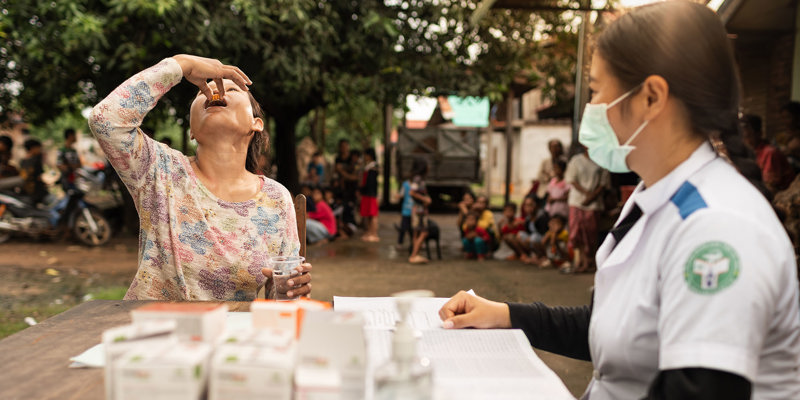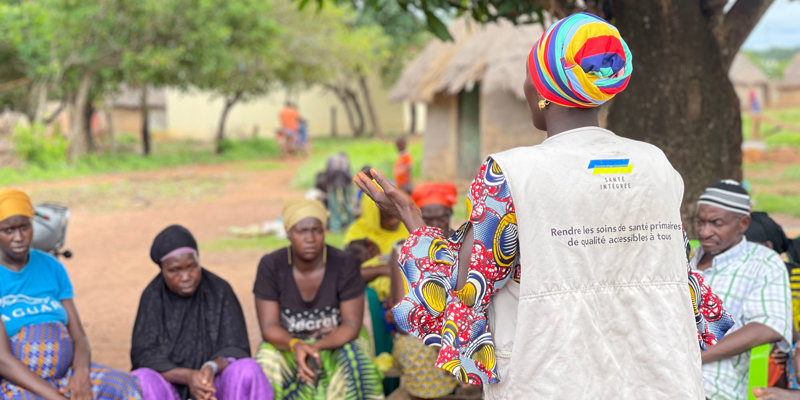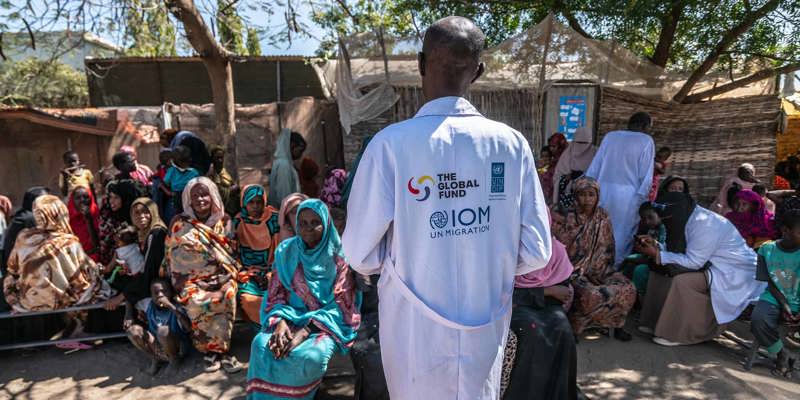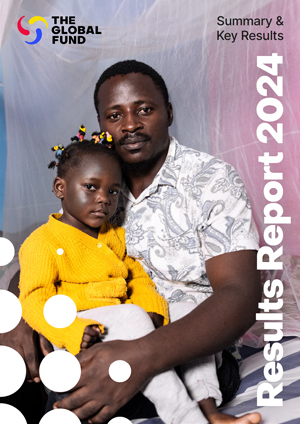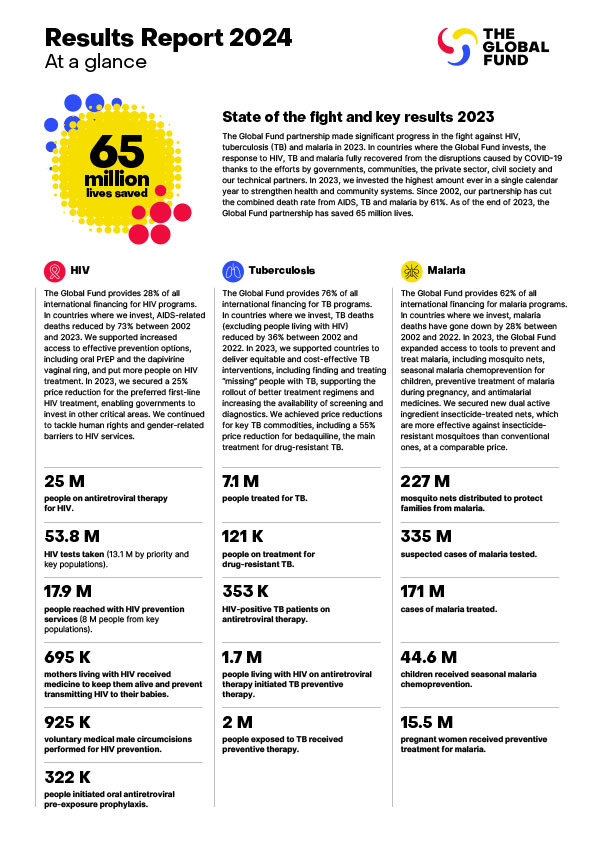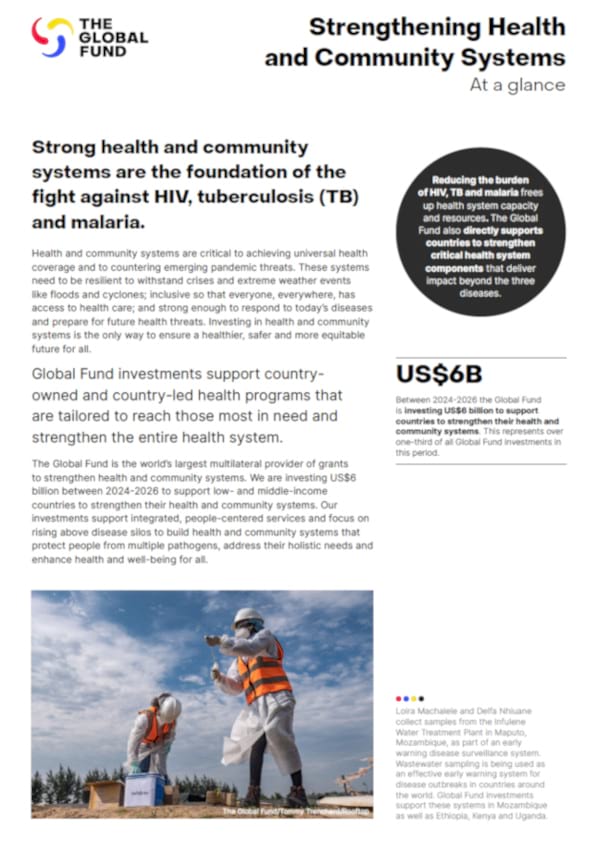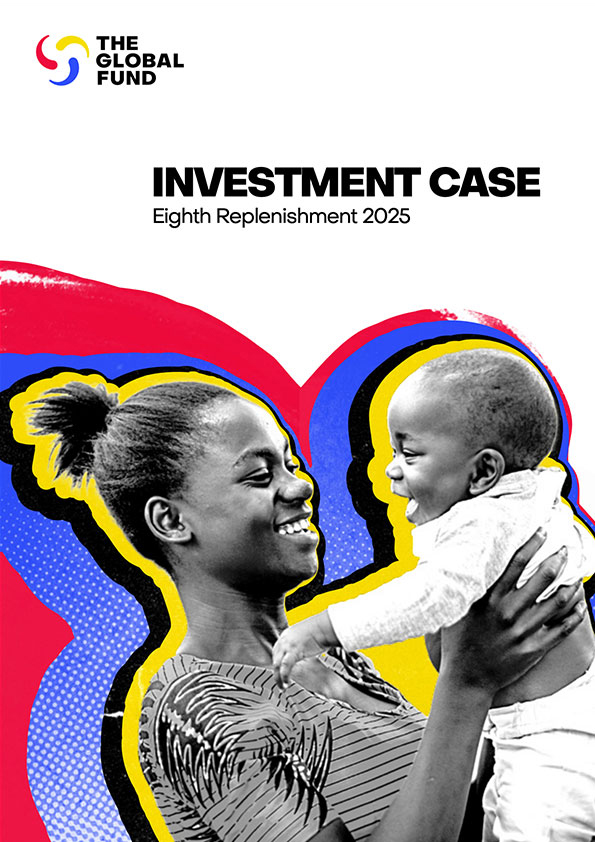Global Fund Welcomes PEPFAR’s Focus on Key Populations
10 June 2016
GENEVA – The Global Fund to Fight AIDS, Tuberculosis and Malaria applauded an announcement by the U.S. President's Emergency Plan for AIDS Relief, known as PEPFAR, to create a US$100 million investment fund to expand access to HIV prevention and treatment services for key populations.
Announced during the 2016 United Nations High-Level Meeting on Ending AIDS, the Key Populations Investment Fund will aim to close the gap that exist for key populations in the HIV response by supporting investments that reduce stigma and discrimination, empower communities in the design and delivery of services and increase data quality on key populations.
“We will only end the AIDS epidemic by 2030 if no one is left behind,” said Deborah L. Birx, U.S. Global AIDS Coordinator. “It is unacceptable that key populations still face stigma, discrimination, and violence, which impede their ability to access quality HIV services. PEPFAR stands firmly and unequivocally with and for key populations, defined by UNAIDS as gay men and other men who have sex with men, transgender people, sex workers, and people who inject drugs, and prisoners, and we are deeply committed to protecting and promoting their health and human rights.”
Mark Dybul, Executive Director of the Global Fund, added: “Reaching key populations is essential, and PEPFAR’s approach is exactly right.”
Too often, the populations most vulnerable to disease are the same populations that don’t have access to health care because of stigma and discrimination. Epidemiological evidence shows that key populations are globally at higher risk of HIV. In the context of HIV, key populations include men who have sex with men, transgender people, sex workers, people who inject drugs and people living with HIV.
According to UNAIDS, people who inject drugs are 24 times more likely to acquire HIV than adults in the general population, sex workers are 10 times more likely to acquire HIV, men who have sex with men are 24 times more likely to acquire HIV, transgender people are 49 times more likely to be living with HIV, and prisoners, are five times more likely to be living with HIV than adults in the general population.
